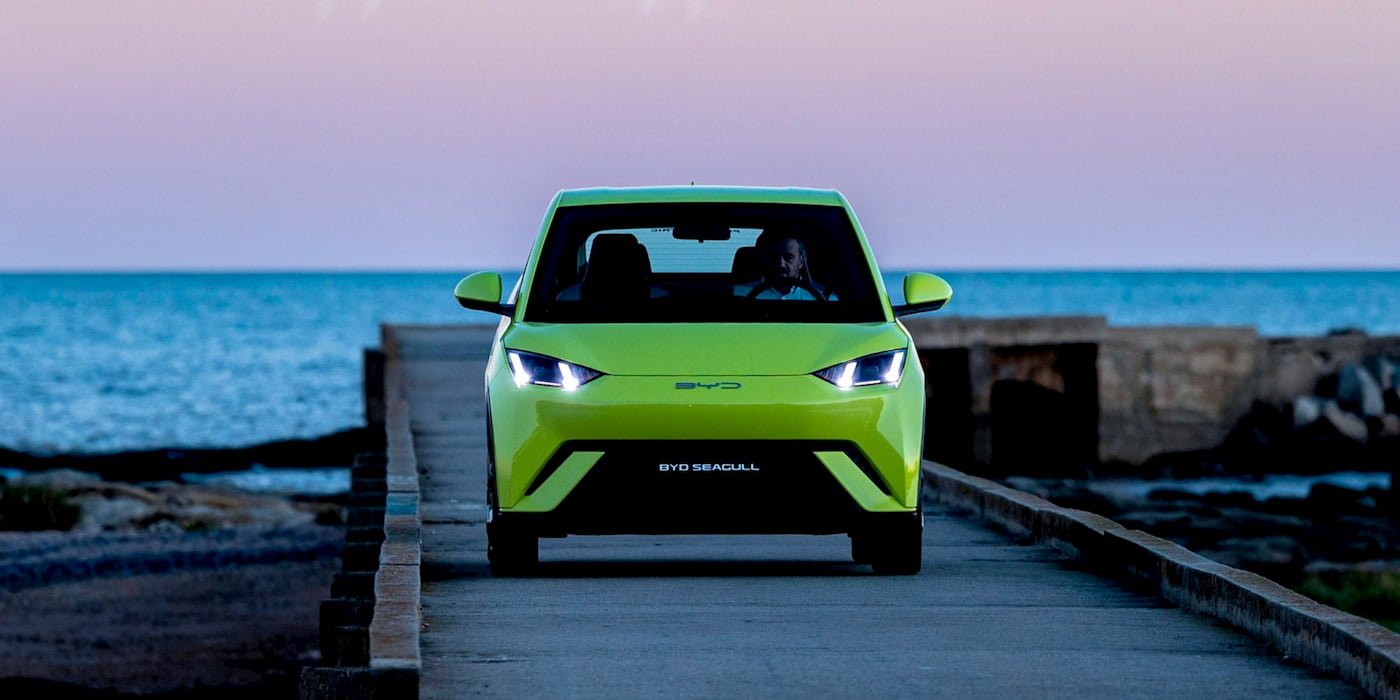Discover the key factors driving the popularity of Mini EVs in developing markets. This article explores the affordability, environmental sustainability, and technological advancements that make Mini EVs an ideal choice for urban mobility. Learn how ChinaCarDirect.com can help you capitalize on this growing trend.
Posted At: Th06 02, 2025 - 1,513 Views

Introduction
In recent years, Mini Electric Vehicles (Mini EVs) have gained significant traction in developing markets, emerging as a popular choice for both personal and commercial use. This trend is driven by a combination of factors, including affordability, environmental sustainability, and advancements in battery technology. As developing countries strive to address urban congestion, reduce pollution, and promote sustainable transportation, Mini EVs offer a compelling solution. This article explores the reasons behind the growing popularity of Mini EVs in developing markets and highlights key market trends and data to support this phenomenon.
Key Factors Driving the Popularity of Mini EVs in Developing Markets
1. Affordability and Cost-Effectiveness
One of the primary reasons Mini EVs are a hot seller in developing markets is their affordability. Compared to traditional gasoline-powered vehicles, Mini EVs offer significant cost savings in terms of purchase price, fuel costs, and maintenance. For example, the average cost of a Mini EV in developing markets ranges from $5,000 to $10,000, making them accessible to a broader segment of the population. Additionally, the total cost of ownership (TCO) for Mini EVs is lower due to reduced fuel and maintenance expenses, further enhancing their appeal.
2. Environmental Sustainability
Developing countries are increasingly focusing on reducing carbon emissions and promoting sustainable transportation solutions. Mini EVs, with their zero-emission operation, align perfectly with these goals. Governments in developing markets are implementing policies and incentives to encourage the adoption of electric vehicles, including tax rebates, subsidies, and investment in charging infrastructure. For instance, China and India have launched aggressive electric mobility initiatives, such as the Faster Adoption and Manufacturing of Electric Vehicles (FAME) scheme in India, which has significantly boosted the Mini EV market.
3. Advancements in Battery Technology
The rapid advancement in battery technology has made Mini EVs more feasible and convenient for everyday use. Lithium-ion batteries, in particular, have become the preferred choice due to their superior energy density, longer lifespan, and faster charging capabilities. These improvements have addressed key concerns related to range anxiety and charging time, making Mini EVs a viable option for urban commuters and commercial operators.
4. Urban Mobility Solutions
Mini EVs are particularly well-suited for urban environments, where short-distance commuting and congested streets are common. Their compact size allows for easy navigation through tight city spaces, reducing traffic congestion and improving overall mobility. In addition, Mini EVs are increasingly being adopted for commercial applications, such as last-mile delivery services and urban logistics, driven by the rapid expansion of e-commerce.
Market Trends and Data
1. Market Growth and Adoption
The global Mini EV market is projected to grow at a significant CAGR of 15.2% during the forecast period, with Asia Pacific leading the growth. In 2024, the Asia Pacific region accounted for the largest market share, driven by increasing adoption in China and India. For example, China's aggressive electric mobility policies and urban air quality concerns have created a highly favorable environment for Mini EVs.
2. Battery Type Insights
Lithium-ion batteries accounted for the largest revenue share in 2024, driven by their superior performance and declining costs. However, lead-acid batteries continue to maintain a solid presence in cost-sensitive regions and entry-level models, particularly in developing economies.
3. Application Insights
The commercial use segment accounted for the largest revenue share in 2024, driven by the rapid expansion of e-commerce and urban logistics. Mini EVs are increasingly being adopted for tasks such as food delivery, parcel distribution, and small-scale freight transport in urban centers.
Case Study: Mini EV Adoption in India
India has seen a significant increase in Mini EV adoption, driven by government initiatives and growing consumer awareness. The FAME scheme, launched by the Indian government, provides subsidies and incentives for the purchase of electric vehicles, making Mini EVs more affordable for consumers. Additionally, the rise in urban congestion and high pollution levels has led to a growing demand for sustainable transportation solutions, further boosting the Mini EV market.
Mini EVs are emerging as a hot seller in developing markets due to their affordability, environmental sustainability, advancements in battery technology, and suitability for urban mobility solutions. The growing demand for sustainable transportation, coupled with government policies and incentives, is driving the adoption of Mini EVs in regions such as Asia Pacific and Latin America. As developing countries continue to invest in electric mobility initiatives, the potential for further growth in the Mini EV market remains strong.
At ChinaCarDirect.com, we specialize in facilitating the export of high-quality Mini EVs to international buyers. Our extensive network and expertise in the automotive export industry ensure that you receive the best possible support and guidance throughout the import process. Welcome to contact us for a quote and start your journey in importing Mini EVs today!





